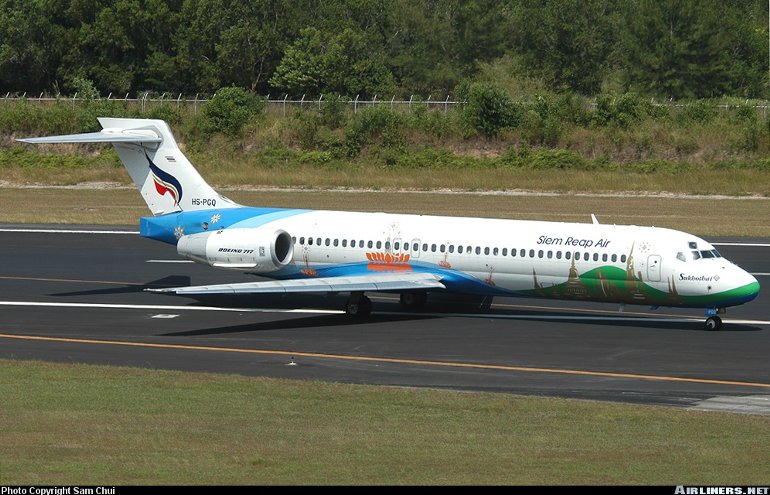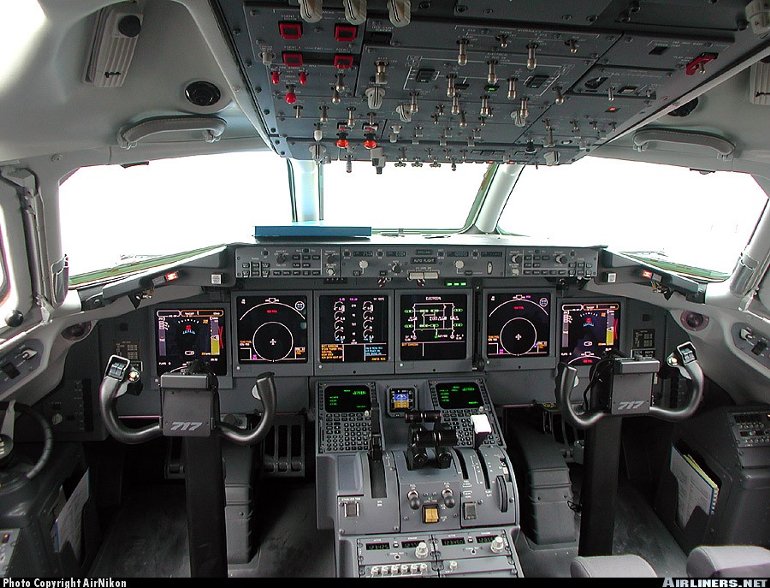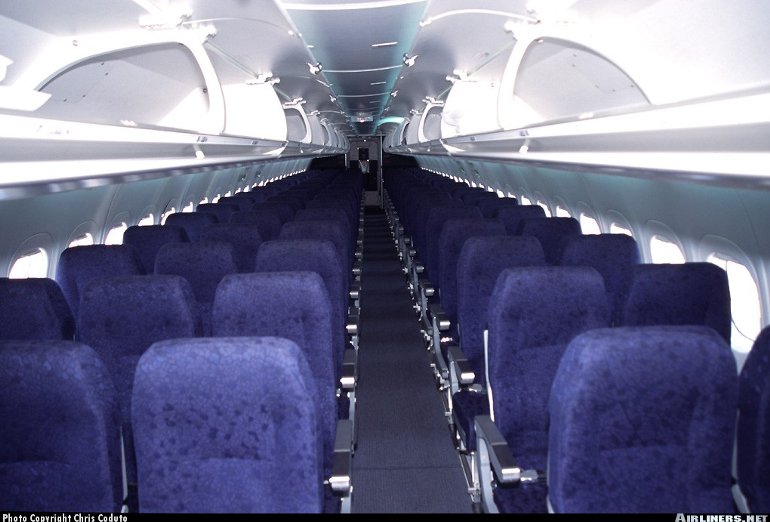Aircraft Technical Data
Boeing 717



| Details | |
| Country of Origin | United States of America |
| Type | Short to medium range airliner |
| History | The 100 seat 717 is the latest development of the popular DC-9/MD-80/MD-90 family and the only Douglas airliner which Boeing (which merged with McDonnell Douglas in 1997) plans to retain in its product line-up. It is designed for high cycle, short range regional airline operations. McDonnell Douglas first announced the MD-95 at the Paris Airshow in June 1991. At the time MDC anticipated a formal program launch by late 1991 and a first flight in July 1994. As it happened program launch was not until October 1995 when US airline ValuJet (now AirTran Airlines) ordered 50 and optioned 50. In January 1998 Boeing (following the August 1997 Boeing/McDonnell Douglas merger) relaunched the aircraft as the 717-200 (the second use of the Boeing designation "717", as this was previously allocated to the military C-135/KC-135 family). First flight took place on September 2 1998, followed by a second development 717 on October 26. Certification was awarded on September 1 1999 while the first delivery, to AirTran, was on September 23 that year. Initially MDC studied powering the MD-95 with Pratt & Whitney JT8D-218s or Rolls-Royce Tays. In February 1994 however MDC announced it had chosen the new BMW Rolls-Royce (now just Rolls-Royce) BR715 over the JT8D-200 and an engine from the proposed "Project Blue" teaming of General Electric, Snecma, MTU and P&W. Other 717-200 features include a fuselage 1.45m (4ft 9in) longer than the DC-9-30's, a wing based on the DC-9-34's, an advanced six LCD screen Honeywell EFIS flightdeck, and a cabin interior similar to that developed for the MD-90. It is offered in standard 717-200BGW (Basic Gross Weight) and extended range 717-200HGW (High Gross Weight) forms. In addition, 80 seat shortened 717-100 (formerly MD-95-20) and 120 seat stretched 717-300 (formerly MD-95-50) models have been studied, as has a business jet variant. Companies participating in 717 production include Alenia (fuselage), Korean Air (nose), AIDC of Taiwan (empennage), ShinMaywa of Japan (engine pylons and horizontal stabilizers), Israel Aircraft Industries (undercarriage), and Fischer of Austria (interior). Final assembly is at Boeing's Long Beach plant, in the same building that the DC-9 and MD-80 were built in. Initial orders and operators are: AeBal, Airtran, Bangkok Air, Bavaria International Leasing, Hawaiian Airlines, Impulse Airlines, Midwest Express Airlines, Olympic Aviation, Pembroke Leasing, Qantas Link, Siam Reap Air, Trans World Airlines, and Turkmenistan Airlines. |
| Powerplants | 717-200BGW - Two 82.3kN (18,500lb) Rolls-Royce BR715-A1-30 turbofans. 717-200HGW - Same or optionally 89.6kN (20,000lb) or 93.4kN (21,000lb) BR715s. |
| Performance | 717-200BGW - Cruising speed 811km/h (438kt). Range with 106 passengers 2545km (1375nm). 717-200HGW - Cruising speed same. Range with 106 passengers 3815km (2060nm). |
| Weights | 717-200BGW - Operating empty 31,674kg (69,830lb), max takeoff 49,940kg (110,100lb) or 51,710kg (114,000lb). 717-200HGW - Operating empty 32,110kg (70,790lb), max takeoff 54,885kg (121,000lb). |
| Dimensions | Wing span 28.44m (93ft 3in), length 37.80m (124ft 0in), height 8.87m (29ft 1in). Wing area 93.0m2 (1000.7sq ft). |
| Capacity | Flightcrew of two. Typical two class seating for 106 passengers at five abreast in main cabin. Single class seating for 117. |
| Production | As of early 2003, 153 717s had been ordered, of which 111 had been delivered. |
| Related Links | Boeing 717 |
The backbone of this section is from the The International Directory of Civil Aircraft by Gerard Frawley and used with permission. To get your own copy of the book click here. |
|








